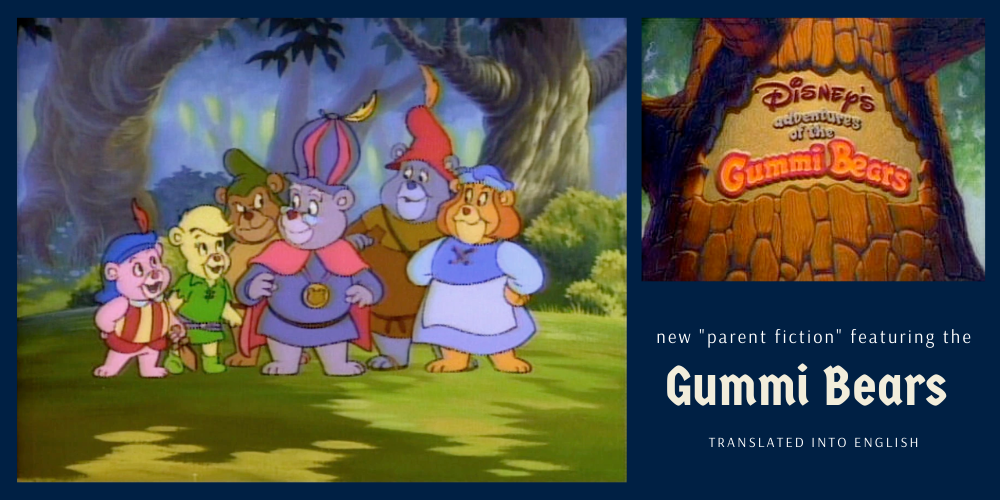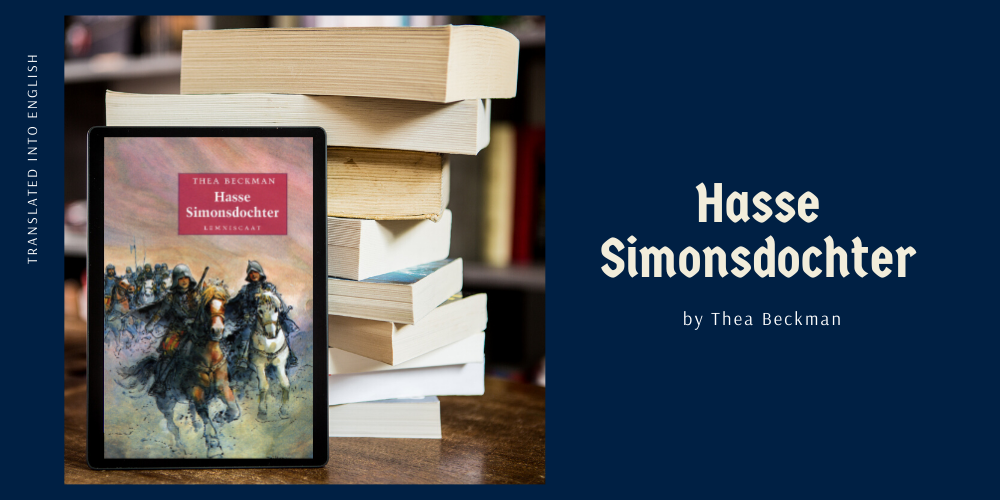Путешествие Малыша Гамми в поисках золотых часов
Aaaaaaaand: another piece of “parent fiction” featuring Disney’s Gummi Bears. ^_^ This one was originally written in Russian, by an author who calls herself xoalexandraox. In the story, the youngest Gummi Bear wants to be a knight, but that the others tell him that you have to be very brave and daring to become a knight. Then he wants to prove that he is very courageous and goes to fight a dragon, but: the dragon is very sweet and they become friends. Super nice! ^_^ Translation by me, so all suggestions are very welcome.



